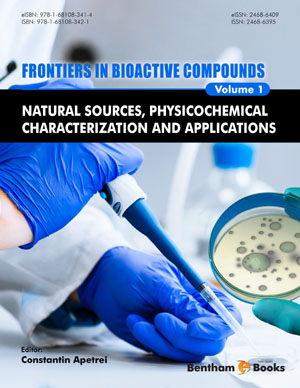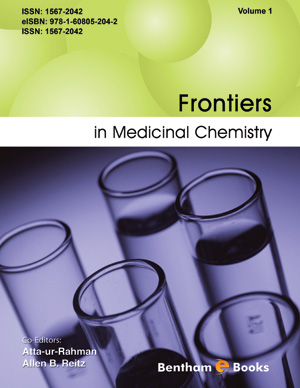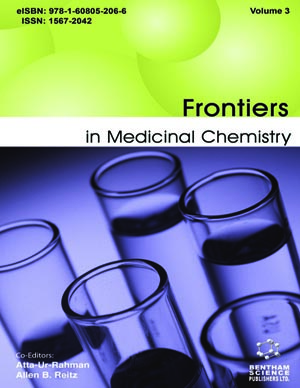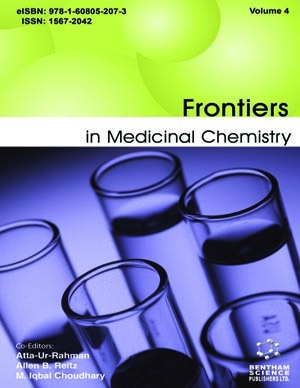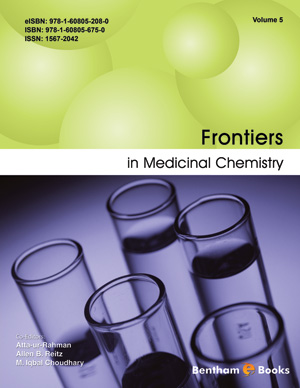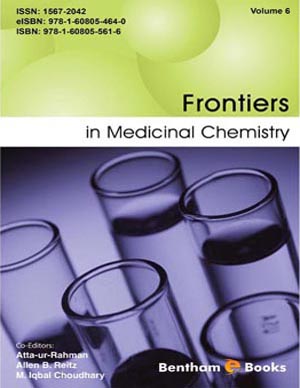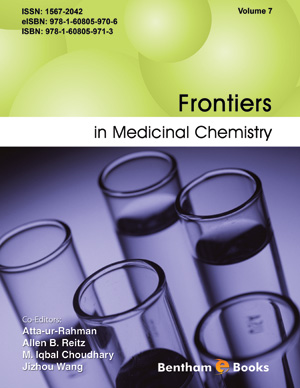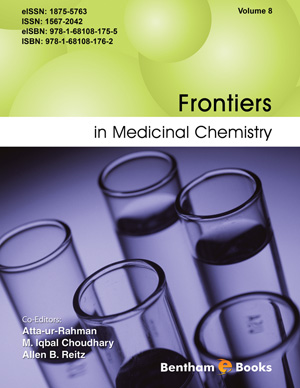Abstract
This chapter is a comprehensive account of the medicinal chemistry of
anticoagulants, antiplatelets and thrombolytic agents and related drugs. It provides the
mechanism of drug action and detailed structure-activity relationship (SAR) of the
drugs affecting in these clinical areas to give the knowledge base for pharmacists. After
studying this chapter, students will be able to:
• Describe the historical background of the anticoagulants, antiplatelets and
thrombolytic agents and and related drugs.
• Describe the mechanism of action, pharmacokinetics (PK), and adverse drug reaction
(ADR) of the anticoagulants, antiplatelets and thrombolytic agents.
• Explain the physiology and pathophysiology of clotting cascades and identify the
components of a blood clot.
• Classify major anticoagulant drugs and their structures and binding.
• Discuss in detail the chemistry and SAR of these drugs.
• Distinguish among drugs used as antiplatelets, anticoagulants and fibrinolytic agents.
• Delineate the clinical significance and therapeutic evaluations of these classes of
drugs by solving case studies.
• Explain the discovery process of a few specific drugs in these classes.
Keywords: Anticoagulant, Antiplatelet, Antithrombin, Direct thrombin inhibitor (DTI), Fibrinolytic, Glycoprotein IIb/IIIa (GPIIb/IIIa) inhibitors, Heparin, Low molecular weight heparin (LMWH), Non-vitamin K antagonist oral anticoagulants (NOACs), P2Y12 receptor antagonists, Pulmonary embolism (PE), Phosphodiesterase (PDE) inhibitors, PAR-1 antagonists, Thrombolytic, Unfractionated heparin (UFH), Venous thromboembolism (VTE), Vitamin K reductase (VKOR), Xa inhibitors.













